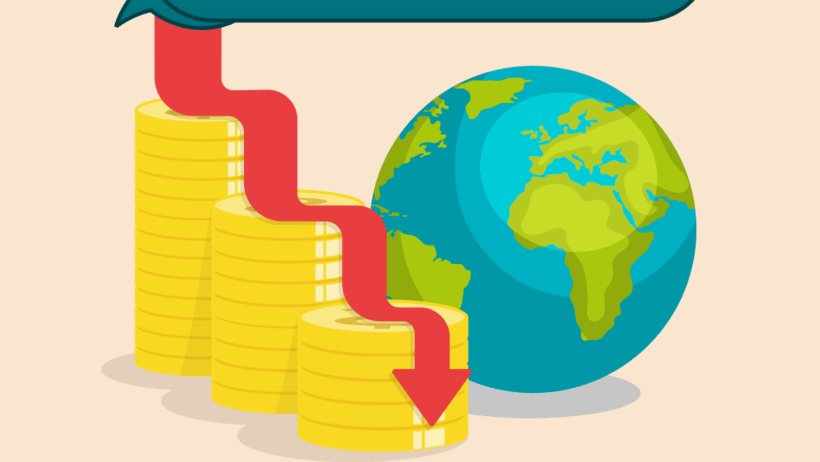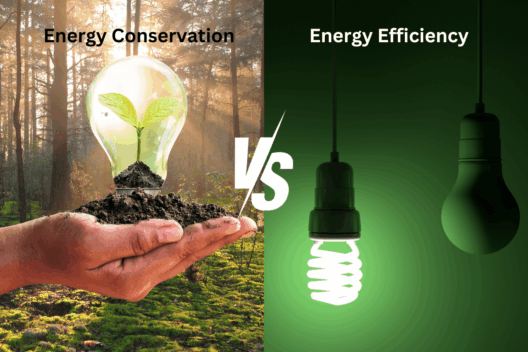Indonesia, the sprawling archipelago that captures the essence of tropical beauty, finds itself at the crossroads of economic prosperity and environmental vulnerability. With over 17,000 islands, the country is blessed with bountiful natural resources, rich biodiversity, and a vibrant culture. Yet, the impacts of climate change are rendering this paradise increasingly perilous. How can a nation so reliant on its natural attributes effectively confront the looming specter of climate-induced economic turmoil? As the climate warms, the financial ramifications of this phenomenon threaten to transform Indonesia’s landscape in profound ways.
One cannot overstate the significance of Indonesia’s geographical location in the heart of the tropical zone. The country is home to dense rainforests, extensive coastlines, and a diverse range of ecosystems. However, its economic activities—principally driven by agriculture, tourism, and fisheries—are inherently susceptible to climate variability. As temperatures rise, extreme weather events are likely to become more frequent and intense, posing a formidable challenge for Indonesia’s economy.
Consider agriculture, for instance. Approximately 30% of Indonesia’s GDP is derived from this sector, with millions of livelihoods dependent on farming. The anecdotal evidence may suggest that warmer temperatures could extend growing seasons, but the reality is more complex. Unexpected droughts and erratic rainfall can devastate crops, jeopardizing food security and pushing farmers into deeper poverty. Estimates indicate that a consistent rise in temperature could diminish crop yields by up to 20%, exacerbating existing economic inequities.
But the challenge does not end with agriculture. The fisheries sector, vital for sustaining both nutrition and income in coastal communities, is facing existential threats. Warmer waters can lead to the migration of fish populations, driving them away from traditional fishing grounds. Overfishing, combined with a warming ocean, produces a recipe for disaster. If fish stocks dwindle, not only are jobs lost, but the dietary staple of millions is rendered precarious. What does one do when the very foundation of an economy begins to wane?
Tourism, another cornerstone of Indonesia’s economy, is similarly at risk. With areas like Bali drawing millions of visitors each year, a change in climatic conditions could deter tourism as unpredictable weather becomes the norm. Natural disasters, such as floods and landslides, pose significant risks to infrastructure, while coral bleaching events can obliterate pristine marine environments. These changes threaten not just the economy but also the cultural heritage of Indonesia. One might ponder: how do you promote a destination when its allure is diminished by climate upheaval?
Moreover, Indonesia’s reliance on fossil fuels further complicates its economic landscape. As the nation strives to elevate its economic growth, the quest for energy often results in increased greenhouse gas emissions. This vicious cycle engenders a paradox—economic development seemingly comes at the cost of environmental degradation. As international communities intensify their focus on combating climate change, pressure mounts on emerging economies like Indonesia to transition into greener, more sustainable practices. Herein lies a significant challenge: how does one transition economically without stifling growth?
In the face of these tumultuous realities, there exists an urgent need for innovative adaptation strategies. One approach involves investing in climate-resilient infrastructure—developing flood defenses, enhancing agricultural technology, and revitalizing the public health infrastructure to better cope with climate-induced diseases. Through sustainable agronomy, Indonesia can mitigate the adverse effects on food production while ensuring farmers achieve better yields. Organizations and governments can collaborate, channeling efforts into research and development of climate-resilient crops that can thrive under changing climatic conditions.
Financing is a crucial element in this equation. Mobilizing resources through public-private partnerships could yield transformative results. Foreign investments focused on renewable energy and sustainable practices offer viable pathways to diversify Indonesia’s economy while aligning with global climate initiatives. This financial redirection may not only strengthen economic resilience but also foster international cooperation—a symbiotic relationship that can lead to innovative solutions.
Public awareness must not be overlooked either. Educating citizens about climate change’s impacts will empower communities to proactively adopt adaptive strategies. Grassroots movements can ignite collective action, buttressing governmental initiatives to fight against climate change. Engagement at the local level is vital since it weaves traditional ecological knowledge with modern scientific understanding, resulting in adaptive strategies tailored specifically to regional challenges. One might ask: if every Indonesian citizen becomes a steward of the environment, how might this collective consciousness reshape the national narrative around climate change?
Ultimately, Indonesia’s economic storm necessitates robust, multifaceted responses to mitigate the repercussions of a warming climate. The convergence of agriculture, tourism, and energy is an intricate tapestry that portrays both vulnerability and opportunity. Navigating through these turbulent waters will require astute leadership, innovative thinking, and cooperative action that bridges governmental bodies, the private sector, and civil society. As uncertainties loom, the question remains: can Indonesia rise from the tempest and embrace a sustainable future while preserving its rich cultural and ecological heritage?
In conclusion, Indonesia stands at a pivotal juncture where the decision to adapt, innovate, and educate will determine the trajectory of its economy in relation to climate change. As the nation grapples with these intertwined challenges, the resilience of its people and ecosystems will be vital. The time for action is now, for the stakes are unimaginably high. Will Indonesia forge a new path toward sustainability, or will it succumb to the tempest of a warming climate?






